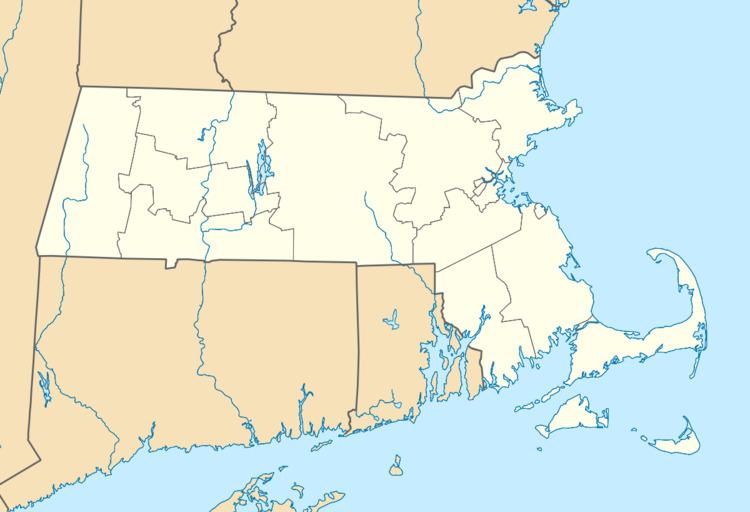Carries US 6 Width 40 ft (12 m) Construction started 1933 Opened 22 June 1935 Location Saga | Address Bourne, MA 02532, USA Clearance below 41 m Total length 429 m | |
 | ||
Maintained by U.S. Army Corps of Engineers Bridge type Arch bridge, Cantilever bridge, Through arch bridge Similar Bourne Bridge, Cape Cod Canal, Cape Cod Canal Railroad, Scusset Beach State Res, Cape Cod Rail Trail | ||
Sagamore bridge demolition
The Sagamore Bridge in Sagamore, Massachusetts carries U.S. Route 6 (US 6) across the Cape Cod Canal, connecting Cape Cod with the mainland of Massachusetts.
Contents
Most traffic approaching from the north follows Massachusetts Route 3 (Route 3), which ends at US 6, just north of the bridge, and the bridge provides direct expressway connections from Boston and Interstate 93 (I-93).
There is a sidewalk for pedestrian and bicycle access on the east side of the bridge.
During relatively high winds of 70 miles per hour (110 km/h) or above, due to bad weather, bridges to the Cape are sometimes closed for safety.
Crossing the sagamore bridge
History
The bridge, along with its sibling, the Bourne Bridge, was constructed beginning in 1933 by the Public Works Administration for the U.S. Army Corps of Engineers, which operates both the bridges and the canal. Both bridges carry four lanes of traffic over a 616 feet (188 m) main span, with a 135 feet (41 m) ship clearance. They opened to traffic on June 22, 1935. The design of the Sagamore and Bourne bridges was later copied in miniature for the John Greenleaf Whittier Bridge that connects I-95 from Newburyport to Amesbury.
The new bridges replaced an earlier bridge, completed in 1912, which was built as a drawbridge before the canal was widened (and indeed before the canal opened in 1914, for obvious logistical reasons). The original bridge approaches are still visible to the north of the modern bridge, though both approaches are in low-traffic residential areas.
In 2004, construction began to replace the rotary that connects US 6 and Route 3 to the bridge with a trumpet interchange (known as the "Sagamore Flyover"). This project had been delayed for many years because of a controversy about the disruption of homes and businesses in the area. The project finally commenced because of the severe gridlock at the traffic circle, which was built to accommodate a much smaller amount of traffic. It was the site of many traffic accidents over the years. The flyover was completed in late 2006.
The Army Corps of Engineers started a project in Fall 2009 that replaced the bridge deck and the sidewalk along with the lighting. The project was completed ahead of schedule in May 2010.
In March 2013 work once again began on the bridge to replace the existing paint which included lead-based primer paint with a new high-performance lead-free paint system. At a cost of $12,390,000 the project is expected to be complete by August 2014, and it will require lane restrictions throughout the work period.
